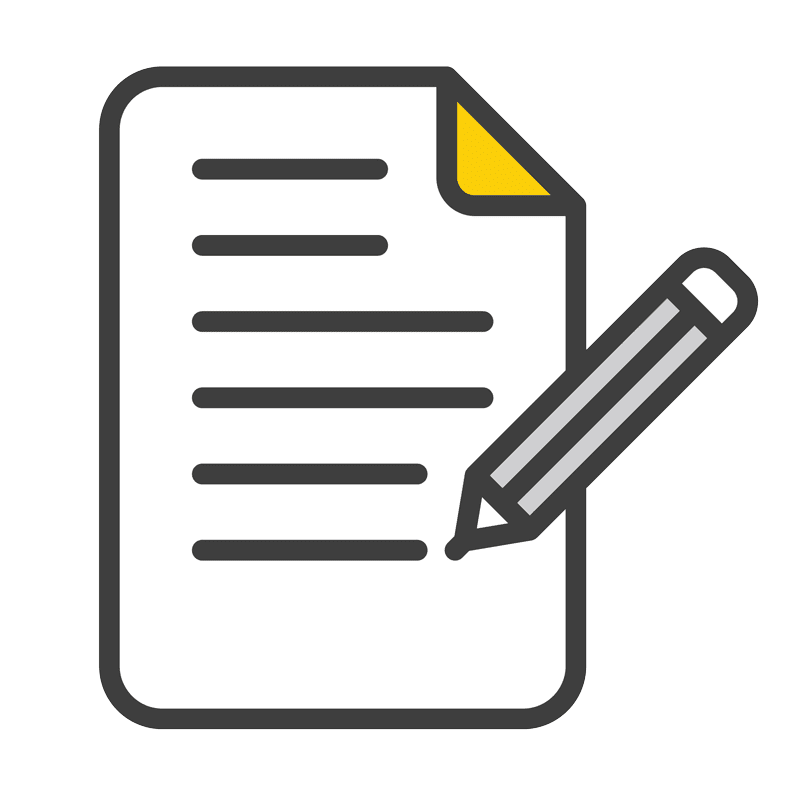The greatest myth about writing relates to effort. Beginning writers think that professional writers only need one try — that they get it right their first try. This couldn’t be further from the truth. Writing is not a single attempt, but a process.
Writing can be compared to a snowball. As you write, you pack on more and more material, expanding and expanding. It is not instantaneous, but tedious. You need to gather, pack, and shape — just as you would with a snowball. As the process continues, the inner parts harden, and with time, your efforts resemble a finished product.
The key, then, to writing is not the first step, but the process of steps. We might use a variety of terms to describe this process, but most authors call this “rewriting” or “revision.” Basically, this is when you take your first effort (also called a first draft) and work on that to improve it.
As some general guidelines, here are some helpful steps for revising your drafts:
Realize the importance of editing.
Don’t fall into the trap of thinking that a first draft is enough. While you might like your first attempt, recognize that you are emotionally connected to it. With time, or with feedback from others, you will realize that it can be improved. Even if you get a good grade or find a publisher, remember that there is always room to improve — such as getting published in a better known publication. In short, if professionals need to edit, then so do you.
Think ahead.
Try brainstorming ideas before sitting down to write. In some cases, this might mean a formal outline with complete sentences and proper formatting. However, it needn’t always be that formal. Use whatever time that you have, even it be a few minutes, to jot down ideas and organize them.
You might use a Venn diagram, a mind man, or simple bullet points on a napkin. Whatever method you choose (you’ll find one that works best for you), use that every time you write. Spending a few minutes to brainstorm will end up saving lots of time in the long run.
Modify as you go.
Two major philosophies approach you as a writer: revise at the end or revise as you go. There are pros and cons of each approach. The first perspective argues that you should write a rough draft, whatever comes to mind, so that you do not get stuck. This works best if you struggle with writer’s block or find that you don’t know what to write. Some writers can’t plan ahead well, and an outline is more intimidating than writing; if that’s you, then it’s better to “free write” and then revise at the end.
A second perspective is a blend between these. First, you write as much as you can. However, you will recognize that changes need to be made as you write. Go ahead and make those changes, but do so fairly quickly. Do not worry about every little adjustment yet. Then, once you are finished writing, go through the entire document again. As a result, you get to modify and revise multiple times. This approach is better if you have an outline, if you write in sections, or if you have more experience as a writer.
Upgrade, upgrade, upgrade!
Most of us are familiar with “upgrading” technology, but we don’t tend to think of upgrading our words. To be a better writer, you will want to try to find ways to improve your words whenever possible. There are several ways to do this, including the following:
- Replace bland words with vibrant words.
- Change abstract verbs to action verbs.
- Switch sentences from passive voice to active voice.
- Show (i.e., prove with the senses) rather than tell (i.e., using non-sensory words).
- Arrange points in a logical sequence (e.g., primary argument to supportive details to a call to action).
- Reveal your cards (i.e., your main point) rather than keeping them hidden.
- Remove confusing and unrelated passages, preferring clear and direct passages.
Need additional help? Submit your document for same-day assistance.






